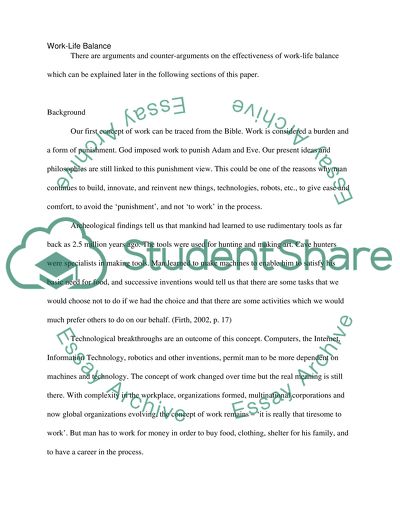Cite this document
(Flexibility and Work Life Balance Essay Example | Topics and Well Written Essays - 2000 words, n.d.)
Flexibility and Work Life Balance Essay Example | Topics and Well Written Essays - 2000 words. Retrieved from https://studentshare.org/human-resources/1436537-shrm
Flexibility and Work Life Balance Essay Example | Topics and Well Written Essays - 2000 words. Retrieved from https://studentshare.org/human-resources/1436537-shrm
(Flexibility and Work Life Balance Essay Example | Topics and Well Written Essays - 2000 Words)
Flexibility and Work Life Balance Essay Example | Topics and Well Written Essays - 2000 Words. https://studentshare.org/human-resources/1436537-shrm.
Flexibility and Work Life Balance Essay Example | Topics and Well Written Essays - 2000 Words. https://studentshare.org/human-resources/1436537-shrm.
“Flexibility and Work Life Balance Essay Example | Topics and Well Written Essays - 2000 Words”, n.d. https://studentshare.org/human-resources/1436537-shrm.


